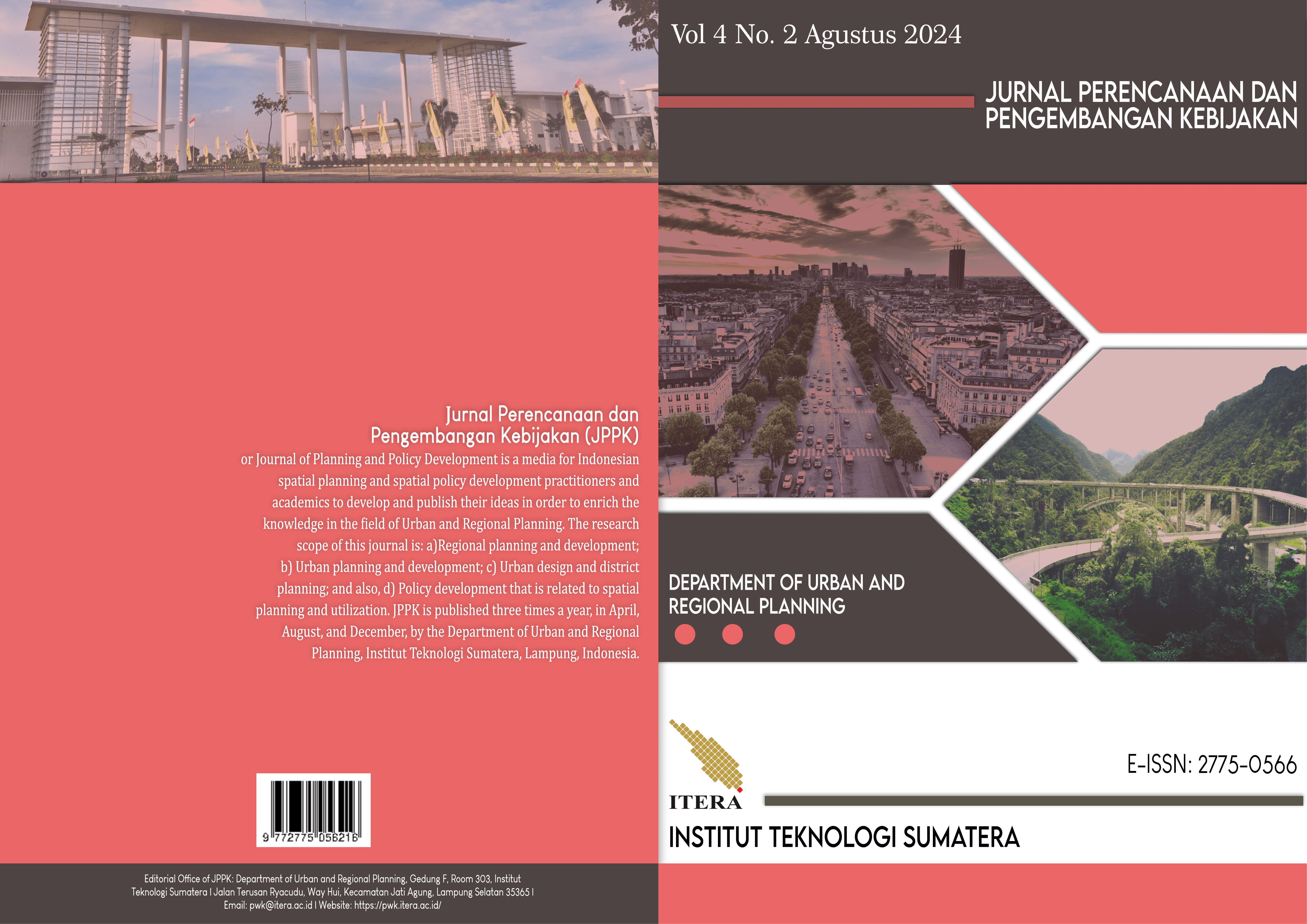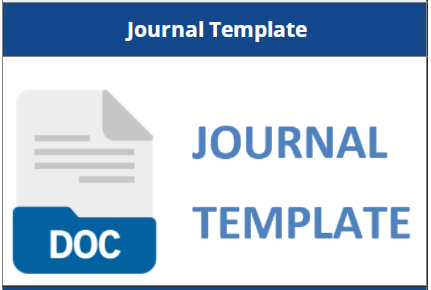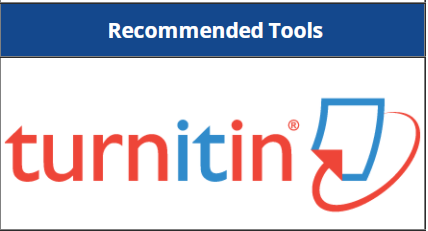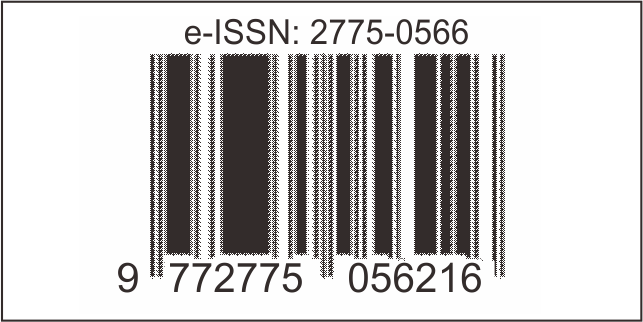Alternatif Pengoptimalisasian Masa Pakai Tempat Pemrosesan Akhir Di Kota Bandar Lampung
Abstract
The problem of waste piles that occur in Bakung Landfill, Bandar Lampung City is influenced by demographic and geographic factors. This Open Dumping alternative is no longer feasible to be applied in accordance with Law No. 18 of 2008 because no waste management is carried out so that it can shorten the life of the landfill. The land area of Bakung Landfill, which was built at 14 Ha, has now remained at ± 3.2469 Ha. So research is needed to analyze the right waste management alternatives to optimize the service life of Bakung Landfill, Bandar Lampung City by considering cost and service life scenarios. The results showed that the increasing waste generation in Bandar Lampung City is related to demographic and geographic factors, thus affecting the increase in the area of need for Bakung Landfill in Bandar Lampung City. There are 3 alternatives to waste management that can optimize the service life of the landfill, namely the first Sanitary Lanfdill Alternative with a service life of 3.6 years, second Alternative Waste to Energy method Refuse Derived Fuel with a service life of 6 years and third Alternative Waste to Energy Incineration method with a service life of >10 years.
Downloads
References
[2] Aryenti, & Kustiasih, T. (2013). Kajian Peningkatan Tempat Pembuangan Sampah Sementara Sebagai Tempat Pengelolaan Sampah Terpadu Increasing of Temporary Disposal Site as an Integrated Waste Management. Jurnal Permukiman, 8(2), 89–97.
[3] Capaian Kinerja Pengelolaan Sampah. (2022). SIPSN.
[4] Chaerul, M., Tanaka, M., & Shekdar, A. V. (2007). Municipal Solid Waste Management in Indonesia: Status and The Strategic Actions. Journal of the Faculty of Environmental Science and Technology, 2(I), 41–49.
[5] Hardani, Andriani, H., Ustiawaty, J., Utami, E. F., Istiqomah, R. R., Fardani, R. A., Sukmana, D. J., & Auliya, N. H. (2020). Buku Metode Penelitian Kualitatif & Kuantitatif (H. Abadi, Ed.). CV. Pustaka Ilmu Group. https://www.researchgate.net/publication/340021548
[6] Kurniawati, T. (2011). Aplikasi Statistik Inferensial Dalam Proses Analisis Data.
[7] Lesmana, R. Y., & Tawaqal, G. I. (2021). Rencana Kebutuhan Luas Lahan Tempat Pemrosesan Akhir Sampah (TPA) Tipe Sanitary Landfill untuk Sampah dari Kecamatan Pahandut. Media Ilmiah Teknik Lingkungan, 6(1), 11–15. https://doi.org/10.33084/mitl.v6i1.1957
[8] Mauladika, A. I. (2022). International Journal of Social Service And Research Analysis Of Leachate Water Distribution In Bakung Final Waste Disposal Location (TPA) Using Resistance Geoelectric Methods In Keteguhan Permai Housing Bandar Lampung. International Journal of Social Service and Research.
[9] Phelia, A., & Damanhuri, E. (2019). Kajian Evaluasi TPA dan Analisis Biaya Manfaat Sistem Pengelolaan Sampah di TPA (Studi Kasus TPA Bakung Kota Bandar Lampung) Evaluation of Landfill and Cost Benefit Analysis Waste Management System Landfill (Case Study TPA Bakung City Bandar Lampung). Jurnal Teknik Lingkungan, 25, 85–100.
[10] Prajati, G., & Pesurnay, A. J. (2019). The Analyze of Sociodemographic and Socioeconomic Factors to Municipal Solid Waste Generated in Sumatera Island. Jurnal Rekayasa Sipil Dan Lingkungan, 3(1), 8. https://doi.org/10.19184/jrsl.v3i1.8721
[11] Priadana, M. S., & Sunarsi, D. (2021). Metode Penelitian Kuantitatif. Pascal Books.
[12] Sujatmiko, C., Juwita, F., & Sang Bumi Ruwa Jurai, U. (2022). Pengelolaan Sampah Rumah Tangga Bagi Warga Di Kelurahan Bakung Kota Bandar Lampung. Jurnal Abdi Masyarakat Saburai (JAMS), 3(2).
[13] Sunarto, B. (2021). Pendekatan dalam Penelitian.
[14] Tchobanoglous, G., & Kreith, F. (2002). Handbook of Solid Waste Management (Second Edition). The McGraw-Hill Companies.
[15] Undang-Undang Republik Indonesia Nomor 18 Tahun 2008 Tentang Pengelolaan Sampah. (n.d.).












